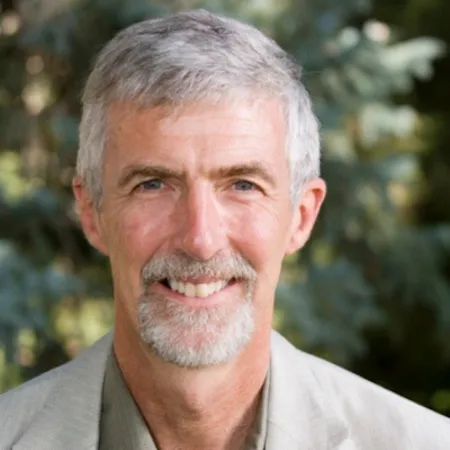A Lesson on Restoring Ecosystems by Reassembling Food Webs
Dr. N. Thompson (Tom) Hobbs has worked on population and community ecology of large herbivores for the last three decades. He made a variety of contributions to basic theory linking animal populations to their environment and has also worked to apply scientific knowledge to management and policy. Virtually all of his work uses mathematical models to gain insight from data. With Dr. Don Spalinger, he developed the basic theory explaining regulation of short-term food intake by herbivorous mammals and has made important conceptual contributions toward understanding how population dynamics are influenced by spatial heterogeneity of landscapes and habitat fragmentation. This seminar will present this work.
Presenters

Tom Hobbs
Dr. N. Thompson (Tom) Hobbs is a Senior Research Scientist at the National Resource Ecology Laboratory at Colorado State University. Tom's work focuses on using ecological models to gain new insight from data. He is particularly interested in understanding controls on population dynamics of large mammals in Western North America and Scandinavia. Tom has worked on population and community ecology of large mammals for the last three decades. Virtually all of his work uses models of ecological process to gain insight from data. He has particular expertise in building demographic models—models...

Tom Hobbs
Dr. N. Thompson (Tom) Hobbs is a Senior Research Scientist at the National Resource Ecology Laboratory at Colorado State University. Tom's work focuses on using ecological models to gain new insight from data. He is particularly interested in understanding controls on population dynamics of large mammals in Western North America and Scandinavia. Tom has worked on population and community ecology of large mammals for the last three decades. Virtually all of his work uses models of ecological process to gain insight from data. He has particular expertise in building demographic models—models that are now widely used to support management and policy in North America and Europe. He has been on the faculty at Colorado State since 2001 and before that he worked for 20 years as a research scientist for the Colorado Division of Wildlife. He has served as a rotating Program Director in the Population and Community Ecology Cluster of the Division of Environmental Biology at the National Science Foundation. He is a member of the Editorial Board of Ecological Applications. Princeton University Press recently published his book (co-authored with Mevin Hooten), Bayesian Modeling: a Statistical Primer for Ecologists. Tom has a degree in general biology from Grinnell College and an MS and PhD in wildlife ecology from Colorado State University.